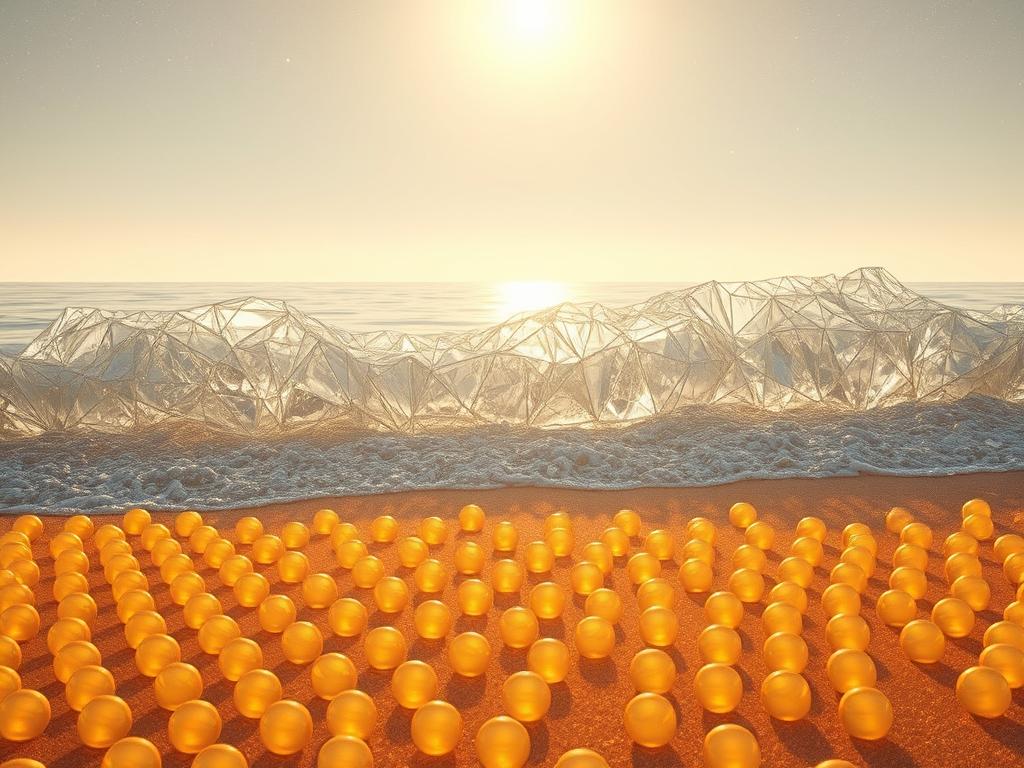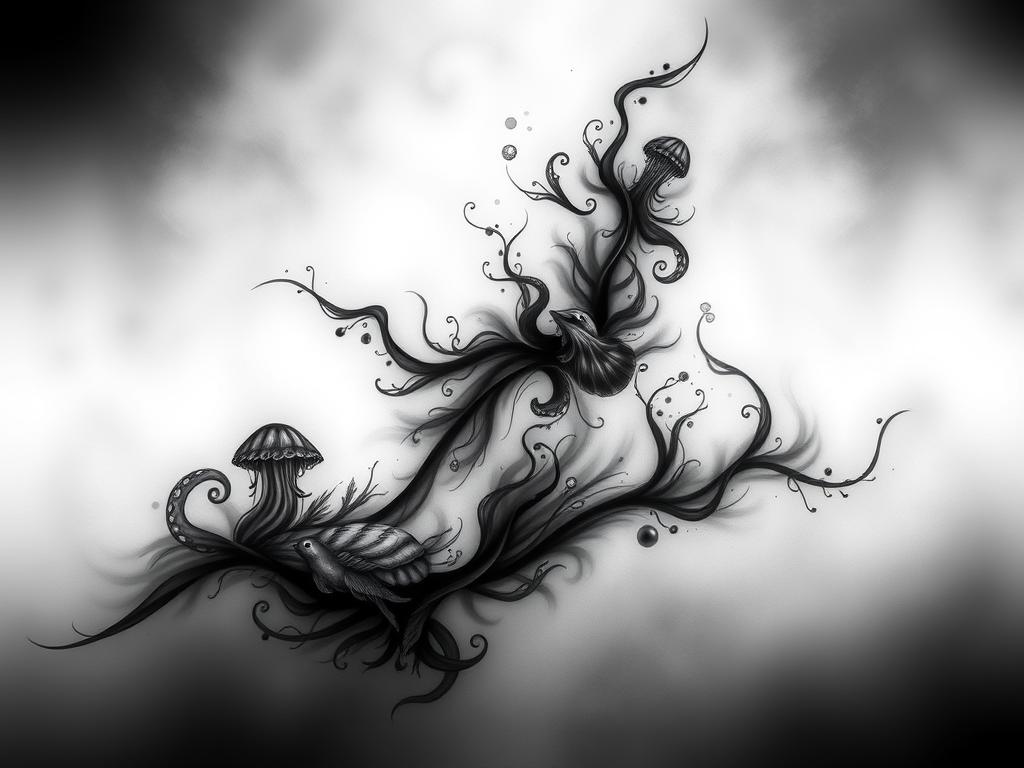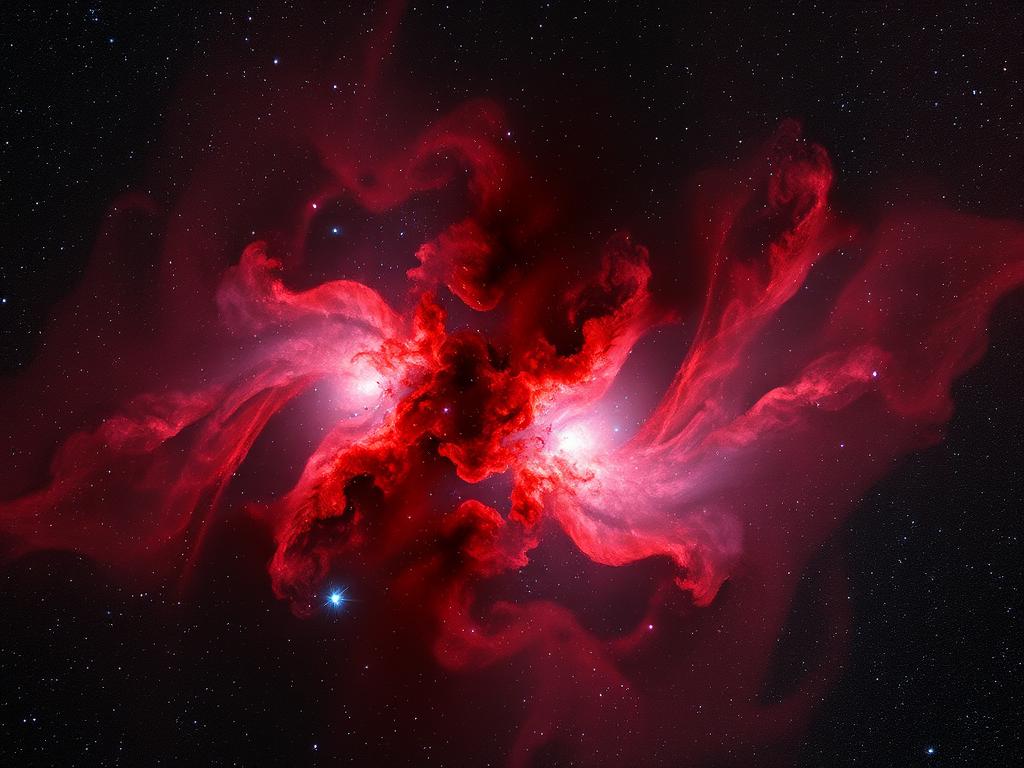The Tarantula Nebula Also Known As 30 Doradus Is A Stunning And Dynamic Region Of Space Located In
The Tarantula Nebula, also known as 30 Doradus, is a stunning and dynamic region of space located in the Large Magellanic Cloud, a neighboring galaxy to the Milky Way. This massive nebula is one of the most active star-forming regions known, stretching across approximately 1,000 light-years and glowing with vibrant hues of red, pink, and orange due to the ionized hydrogen gas energized by intense radiation from young, massive stars. The nebula's intricate structure resembles a spider's web, giving it its name. Within its dense core lies a cluster of massive, hot stars known as R136, whose powerful stellar winds and radiation carve out dramatic shapes and trigger further star formation. Surrounding the nebula are intricate filaments and clouds of gas and dust, with scattered stars adding depth and contrast. Observing the Tarantula Nebula offers a glimpse into the processes that shaped our universe, from stellar births to supernova remnants, making it a favorite target for astronomers and stargazers alike. Its dazzling complexity and beauty have been captured in breathtaking detail by telescopes like Hubble and James Webb, revealing an awe-inspiring cosmic tapestry.
18.11.2024 18:46
Related Images














